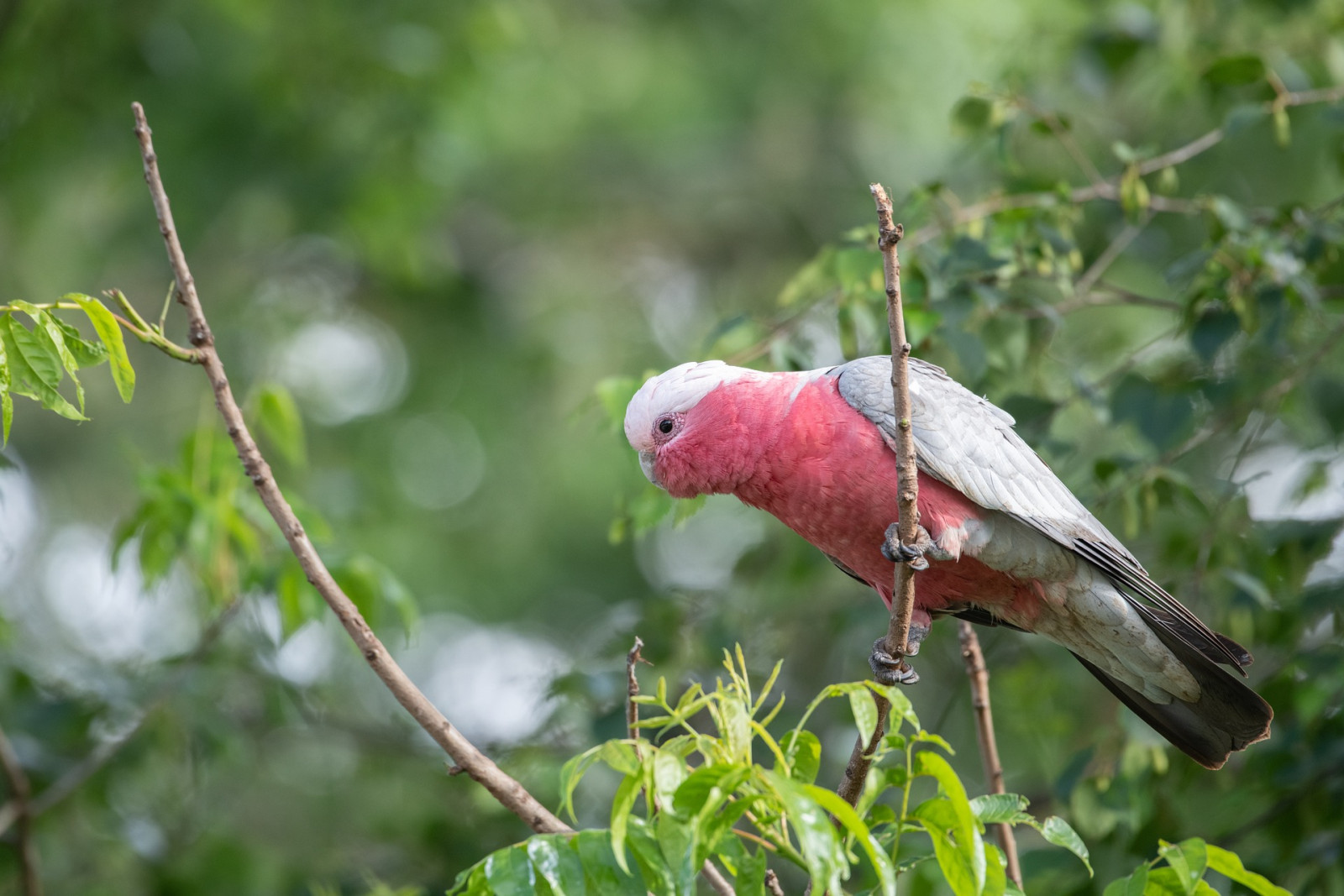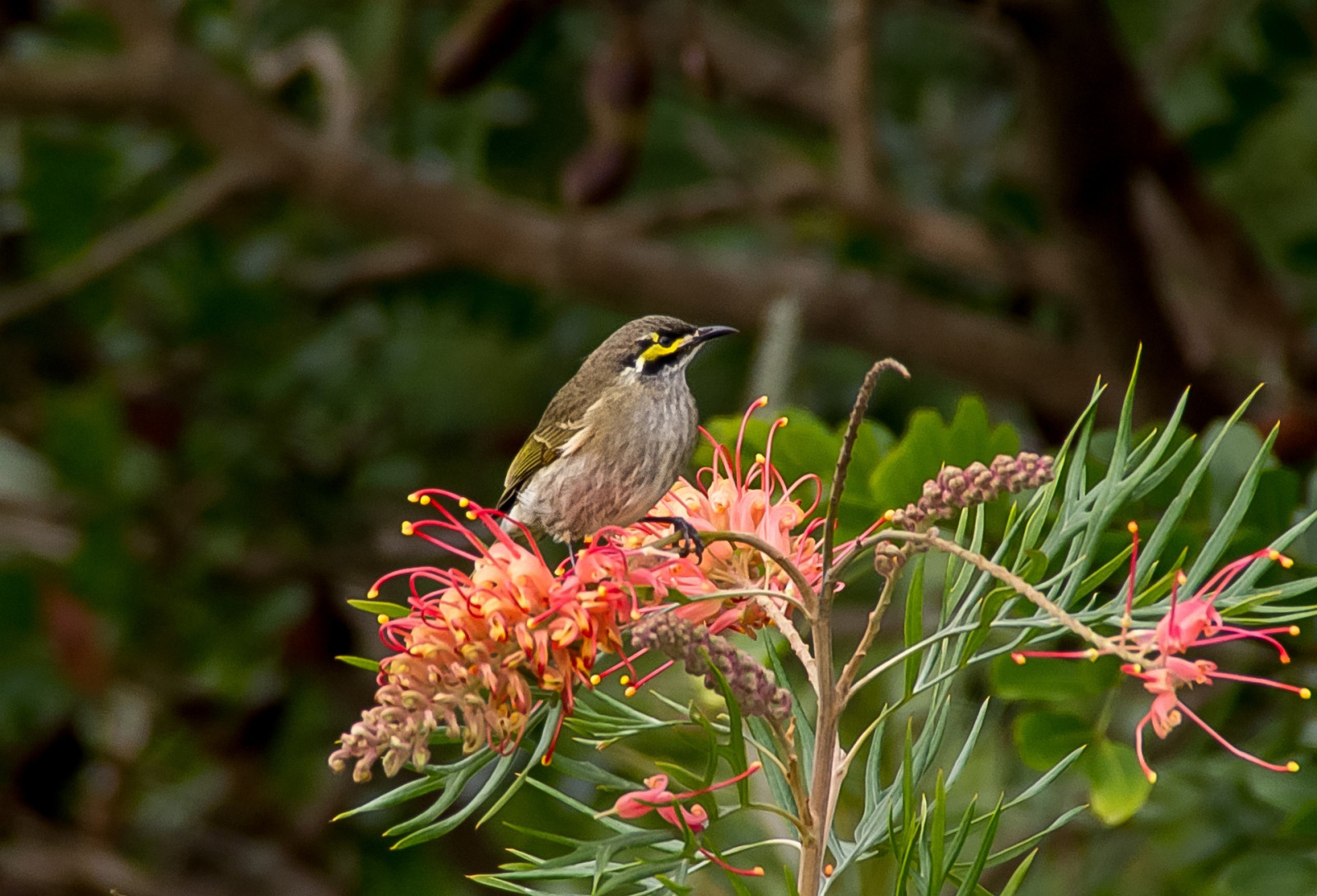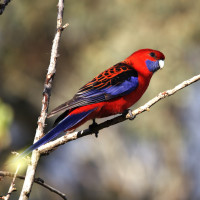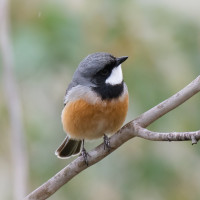Opis
On the north bank of the Yarra River in Eltham you find Reynolds Reserve and to the east of it an undeveloped reserve known as Laughing Waters. About 500 hectares of recovering bushland that offer good opportunities to watch birds. There are numerous informal paths and kangaroo trails to walk and explore. There are many spots along the river to stop. Ducks, cormorants and White-faced Heron and birds like Fan-tailed Cuckoo, Wedge-tailed Eagle, Laughing Kookaburra, Galah, Sulphur-crested Cockatoo, Yellow-faced Honeyeater, Crimson Rosella and Musk Lorikeet are typical sightings along the Yarra. But many more birds can be spotted, see the birdlist below.
Eastern Gray Kangaroos (Macropus giganteus) are common in Laughing Waters, and at times mobs of 50 to 60 kangaroos can be seen grazing in the open grasslands. If lucky, a platypus may appear in the river.
Szczegóły
Dostęp
The area is located 25 km northeast of Melbourne city centre. Reynolds Reserve and Laughing Waters can be accessed from Eltham through Laughing Waters Road. Click on the P in the map for directions. There are numerous informal paths and kangaroo trails to walk and explore. The circular walking route indicated on the map is about 5 km.





